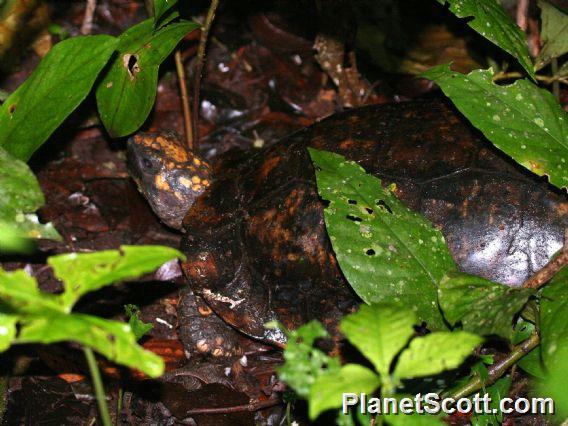Brazilian Giant Tortoise (Chelonoidis denticulatus)

Brazilian Giant Tortoise (Chelonoidis denticulatus)
×


Brazilian Giant Tortoise (Chelonoidis denticulatus)
About Brazilian Giant Tortoise (Chelonoidis denticulatus)
- Kingdom: Animals
- Phylum: Chordates
- Class: Reptiles
- Order: Turtles
- Family: Tortoise
The yellow-footed tortoise, also known as the Brazilian giant tortoise, is a species of tortoise in the family Testudinidae and is closely related to the red-footed tortoise. It is found in the Amazon Basin of South America. The species name has often been misspelled as denticulata, an error introduced in the 1980s when Chelonoidis was elevated to genus and mistakenly treated as feminine, an error recognized and fixed in 2017.
Source: Wikipedia
Lifelists
Trips
Visits
-
2006-11-11
Sani Lodge, Ecuador

